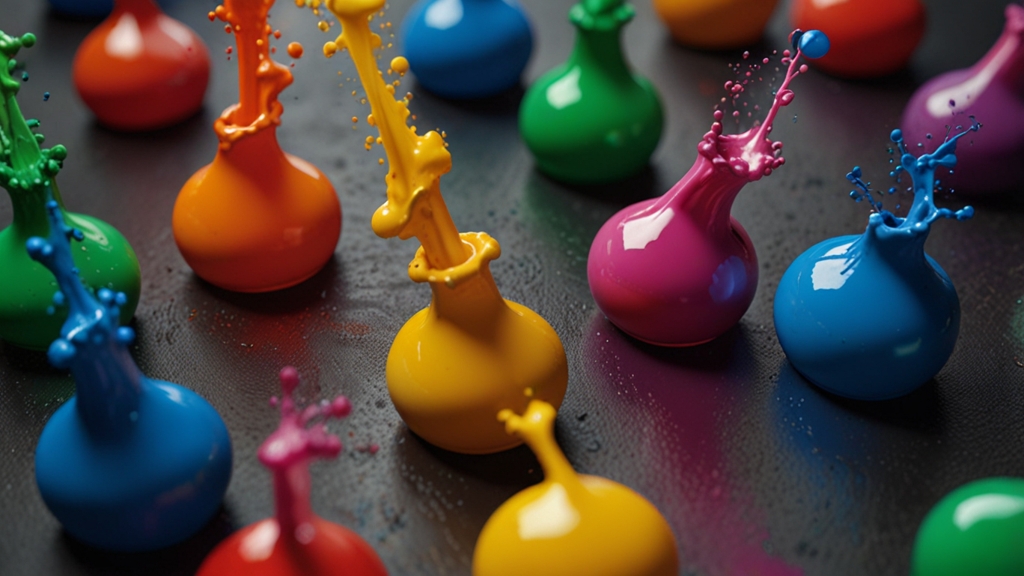Breaking Down the Science of Color: How Chemistry Paints Our World
Color is an integral part of our daily lives, influencing everything from our moods to our decisions. But beyond its aesthetic and psychological impacts, color is rooted deeply in the world of chemistry. In this article, we will explore how the science of color functions and its role in the diverse tapestry of our environment.
The Basics: What is Color?
At its core, color is the perception created by the way an object interacts with light. Visible light, the segment of the electromagnetic spectrum that human eyes can see, varies in wavelength. Each wavelength corresponds to a specific color, ranging from red (with the longest wavelength) to violet (with the shortest). When light strikes an object, certain wavelengths are absorbed, and others are reflected. The color we perceive is determined by the wavelengths of light that are reflected back to our eyes.
The Chemistry Behind Color
The fundamental chemistry of color comes down to the behavior of electrons. When molecules absorb energy, typically in the form of light, electrons within the molecules move to higher energy levels. When these excited electrons return to their original states, they release energy in the form of light, creating the colors we perceive. This phenomenon is explained through theories like quantum chemistry and spectroscopy.
Role of Pigments and Dyes
Pigments and dyes are substances that impart color to other materials. The main difference between the two lies in their solubility: pigments are insoluble, whereas dyes are soluble in their application medium.
Natural pigments, like those found in plants and minerals, have been used since prehistoric times. For example, chlorophyll is the pigment responsible for the green color in plants, crucial for photosynthesis. Synthetic pigments, developed through advances in chemistry, provide a wider range of colors with greater stability and consistency.
“Color is the place where our brain and the universe meet.” — Paul Klee
The Science of Color in Daily Life
Color plays a significant role in various industries. In the textile industry, chemical dyes are used to produce the vibrant hues seen in fabrics. In the food industry, colorants ensure that products are visually appealing, and in digital technology, RGB color models create the vivid displays on our screens.
Moreover, color chemistry is essential in environmental science. The study of colored chemicals in the atmosphere can inform us of pollution levels and climate change patterns. For example, the presence of nitrogen dioxide, a pollutant, can be identified by its characteristic brownish color.
Future Directions: Challenges and Innovations
The science of color continues to evolve. Researchers are developing more sustainable and safer colorants to minimize environmental impact. Innovations like organic electronics and nanotechnology are revealing new ways to manipulate color at the molecular level, opening doors to applications we have yet to imagine.
“Colors, like features, follow the changes of the emotions.” — Pablo Picasso
Conclusion
The chemistry of color is a fascinating field that touches numerous aspects of our world—from the natural environment to advanced technological applications. By understanding how color works at a molecular level, we not only appreciate the beauty around us but also harness this knowledge for innovative solutions in various sectors. Next time you admire a stunning sunset or choose a brightly colored garment, remember the science and chemistry that make those experiences possible.
“Life is about using the whole box of crayons.” — RuPaul












